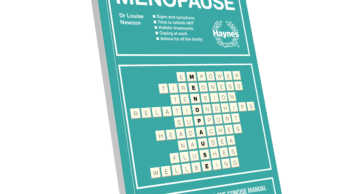
The authors of this book (published by Pharmaceutical Press, Royal Pharmaceutical Society) have set out to put pharmacology into the context of clinical practice. Although the diagnosis of diseases is outside the scope of the book, clinical features are described in the context of alerting readers to the symptoms that require referral to a medical practitioner. Common diseases — such as diabetes, hypertension, asthma, depression and peptic ulceration — are described, followed by brief summaries of the pharmacology of the drugs used to manage these conditions. There is a strong focus on drug choice so that the reader can appreciate the rationale behind logical prescribing. A holistic approach is taken, recognising that patients may have several underlying pathologies. Similarly, drug interactions represent an important therapeutic challenge and attempts have been made to highlight important examples and how they may be overcome.
‘Disease management. A guide to clinical pharmacology 3rd edition’ is divided into several parts, each dealing with a group of diseases relating to a particular body system such as cardiovascular, respiratory, gastrointestinal, endocrine and central nervous system or a particular group of conditions (e.g. infection, pain and cancer).
A typical chapter describes the disease characteristics and the pharmacological basis of management along with a self-assessment section, references, further reading and online resources. Disease characteristics include: underlying pathology; disease classification; and treatment goals.
In addition to describing the drugs, the “managing the disease” sections include: drug choice; drug interactions; concurrent diseases; general patient counselling; patient monitoring; over-the-counter considerations; and alternative medicines.
The book is not intended to provide definitive guidance. Examples of drug interactions are taken mainly from ‘Stockley’s drug interactions’ and the counselling points are not exhaustive.
However, the book will not replace the experience gained from clinical practice; information on routine tests to monitor effectiveness of therapy is not covered in depth.
The authors initially set out to produce a short textbook focusing on primary care, but now believe that they have produced an introduction to the management of diseases that are commonly encountered in, but not exclusive to, primary care. They say it could provide a useful generalist introduction to medicines management.
The book will be of greatest value to pharmacy students in the latter part of their courses and to preregistration graduates undertaking their clinical practice.
Laurence A Goldberg
References
Disease management. A guide to clinical pharmacology 3rd edition, by Michael D Randall and Karen E Neil. Pp xvii +472. Price £49.99 (RPS members £37.49). London: Pharmaceutical Press; 2016. ISBN 978 0 85711 209 5


